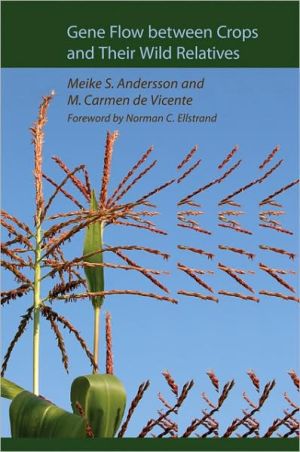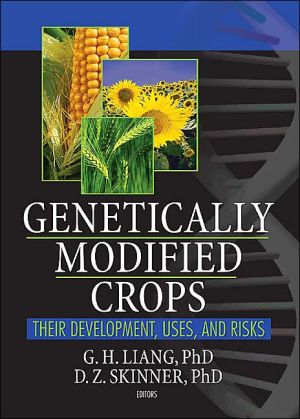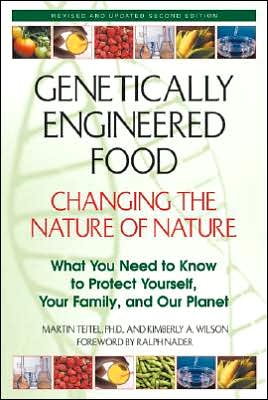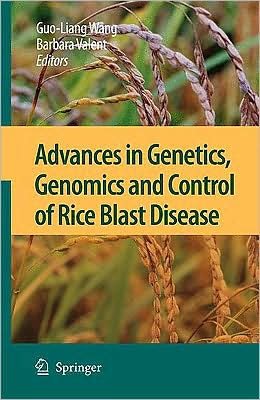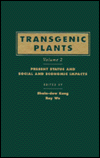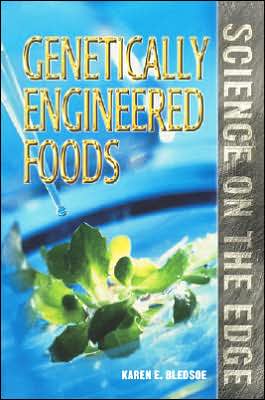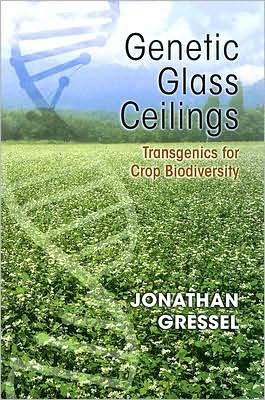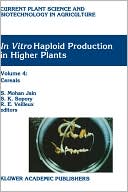Gene Flow between Crops and Their Wild Relatives
This comprehensive volume provides the scientific basis for assessing the likelihood of gene flow between twenty important crops and their wild relatives. The crops discussed include both major staples and minor crops that are nonetheless critical to food security, including barley, corn, cotton, cowpea, wheat, pearl millet, and rice.\ Each chapter is devoted to one of the crops and details crop-specific information as well as relevant factors for assessing the probability of gene flow. The...
Search in google:
This comprehensive volume provides the scientific basis for assessing the likelihood of gene flow between twenty important crops and their wild relatives. The crops discussed include both major staples and minor crops that are nonetheless critical to food security, including barley, corn, cotton, cowpea, wheat, pearl millet, and rice.Each chapter is devoted to one of the crops and details crop-specific information as well as relevant factors for assessing the probability of gene flow. The crop-specific reviews provide insights into the possible ecological implications of gene escape. For each crop, a full-color world map shows the modeled distributions of crops and wild relatives. These maps offer readers, at a glance, a means of evaluating areas of possible gene flow. The authors classify the areas of overlap into three "gene-flow categories" with respect to the possibility of genetic exchange.The systematic, unbiased findings provided here will promote well-informed decision making and the conservation of wild relatives of crops. This book is particularly relevant to agriculture in developing countries, where most crop biodiversity is found and where current knowledge on biodiversity conservation is limited.Given the ecological concerns associated with genetically modified crops, this reference is an essential tool for everyone working to feed a growing world population while preserving crop biodiversity.
Foreword Norman C. Ellstrand viiAcknowledgements ixAbbreviations and Acronyms xiii1 Introduction 12 Methodology 173 Banana and Plantain 254 Barley 495 Canola, Oilseed Rape 736 Cassava, Manioc, Yuca 1257 Chickpea 1478 Common Bean 1619 Cotton 19110 Cowpea 22311 Finger Millet 24312 Maize, Corn 25513 Oat 29314 Peanut, Groundnut 31115 Pearl Millet 32916 Pigeonpea 34717 Potato 36118 Rice 39519 Sorghum 44320 Soybean 46521 Sweetpotato, Batata, Camote 48322 Wheat, Bread Wheat 499Glossary 543Index 549
\ Evolutionary ApplicationsA solid initial reference book for anyone dealing with, or interested in, the transfer of genes between cultivated and free-growing plants. This book will undoubtedly promote awareness on biodiversity in the context of plant domestication and cultivation.\ — Marie-Josée Simard\ \ \ \ \ \ ChoiceThis valuable work will serve as an important resource for biosafety regulators, crop breeders, and others involved in decision making for managing crop plants to preserve genetic diversity, particularly in developing countries that are centers of diversity for crop species.\ \ \ Plant Science BulletinThis is a timely, well-edited compendium of information on major crops and gene flow between them and their wild relatives.\ — Lytton John Musselman\ \ \ \ \ \ Conservation BiologyA useful compendium and a starting point for someone wanting detailed information on globally and economically important crops.\ \ \ \ \ Economic BotanyI highly recommend this book. It is a valuable resource that will draw the reader's attention to many issues.\ — Mary Eubanks\ \ \ \ \ \ Quarterly Review of BiologyA reference guide that should be essential reading for any agriculturist who is interested in the utilization and conservation of agrobiodiversity.\ — Laura R. Lewis\ \ \
